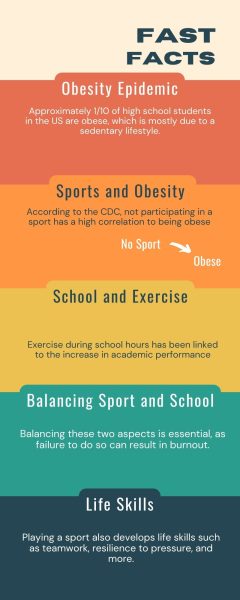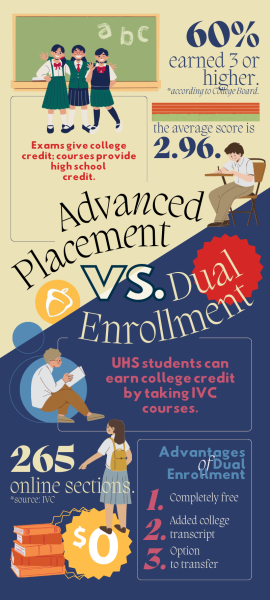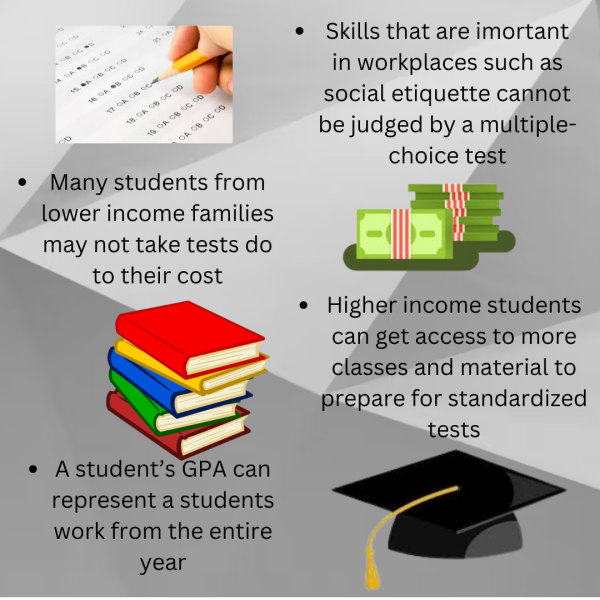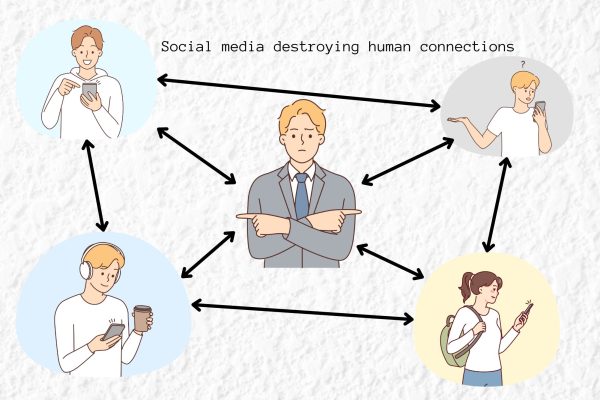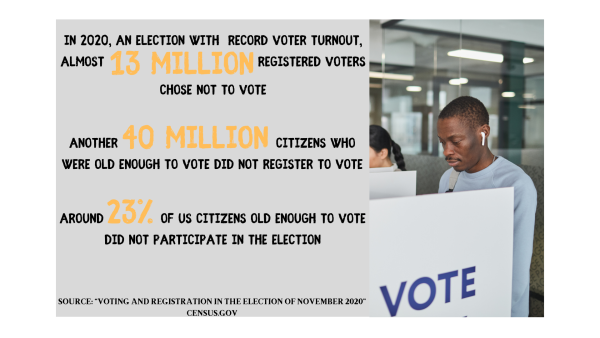A Simple Solution to Student Stress: More Frequent and Longer Breaks
May 13, 2022
*The opinions expressed within the content are solely the author’s and do not reflect the opinions and beliefs of the website or its affiliates.*
Following Spring Break, numerous students have faced an unpleasant return to school, longing for yet another break. For many, the arguably mundane schedule that is continuously repeated throughout the school year is difficult to adhere to with any sense of satisfaction. Long class periods with very limited time for breaks creates a difficult situation, especially for students invested in sports, music, or other extracurricular activities. Given the schedule of this year, it has become increasingly clear that students have become burnt out due to the constant day-to-day continuity of school, homework and other events; evidently, more frequent breaks need to be adopted in order to alleviate the stress of UHS students and grant them adequate time to pursue extracurricular activities.
Currently, the short breaks between periods do not provide adequate time for students to recuperate from what is nearly an hour-and-a-half of sustained learning. Accordingly, increasing the time and frequency of breaks allows students to digress from the classroom and prepare for their next class.
Sophomore Mark Kim offered his input on the current day-to-day break schedule.
“Honestly the breaks are really short right now, and I often feel like I enter each period still focused on the last,” Kim said. “If there was more time away from the classroom within a given school day, I think I’d generally feel more focused.”
According to a recent study from Cornell University, “taking purposeful breaks from studying to refresh your brain and body increases your energy, productivity, and ability to focus.” This highlights that increasing the frequency of breaks allows for students to mentally reset following each class while they grapple with a schedule that can extend up to eight full periods. By implementing longer break times to relieve students’ stress affords them the clarity and restfulness to be fully prepared for the next class period without the residual effects of the last.
Moreover, increasing the frequency of breaks is crucial for allowing students to actively participate in and commit to their extracurricular activities. Whether it be adding longer school breaks similar to Spring Break and Winter Break, or simply an extra day on the weekend, greater time spent away from school is important. An additional day on the weekend would also be useful for addressing student mental health issues. Last year’s Monday schedule of Office Hours instead of class time allowed students to relax for an extra day and alleviate stress; perhaps it is time to extend the aspects of that schedule which worked to a full, non-lockdown school year.
Sophomore Nicholas Park added a personal anecdote regarding his perspective on breaks.
“During Spring Break, I was able to go to Hawaii with the UHS Marching Band and perform a few times, while still having some time to have fun with friends,” Park said. “If there were even more breaks, I think I’d be able to practice more, prepare for school and work on some activities I’m doing outside of school.”
Park’s anecdote is evidence towards the importance of frequent breaks. Given the chance to have additional days away from school, he was able to spend his time productively and demonstrate that school should not be the sole source of time commitment.
Some critics of this idea may argue that students are unproductive during their time—time which would be better spent in the classroom. However, students like Park and many others, especially at UHS, have indeed proven that one can be productive given additional time. Regardless, for those that might not have as demanding a breadth of commitments or extracurriculars, they are still given valuable time away from school that can be spent with family and friends or simply used to destress from what is admittedly a long and rarely-punctuated school year.
Furthermore, with the recent discussion regarding the bell schedule for next year, this narrative has become increasingly important. With each of the five proposed schedules facing severe scrutiny across the district, the central narrative of protest is based upon the longer class periods and shorter breaks. The steps posited above provide a simple solution to combat the increasing disillusionment of the student body toward a schedule which serves to derail student wellbeing and time management rather than aid. Luckily, it is never too late to reverse course and implement a few simple tweaks that would bring about a far greater cascade of positive change.





